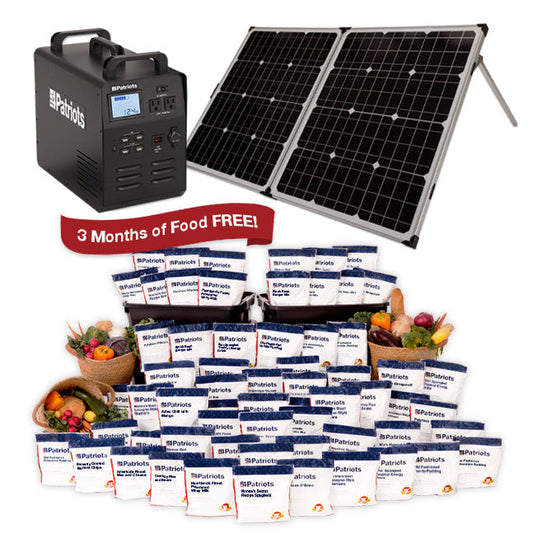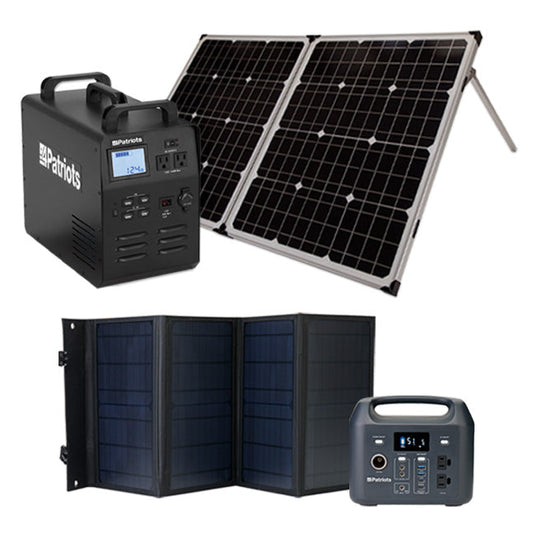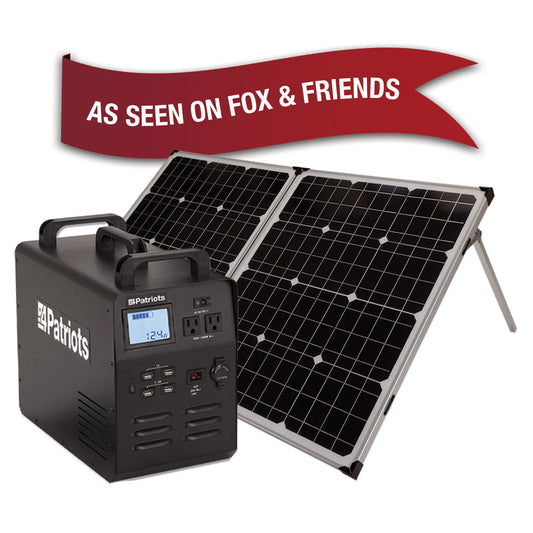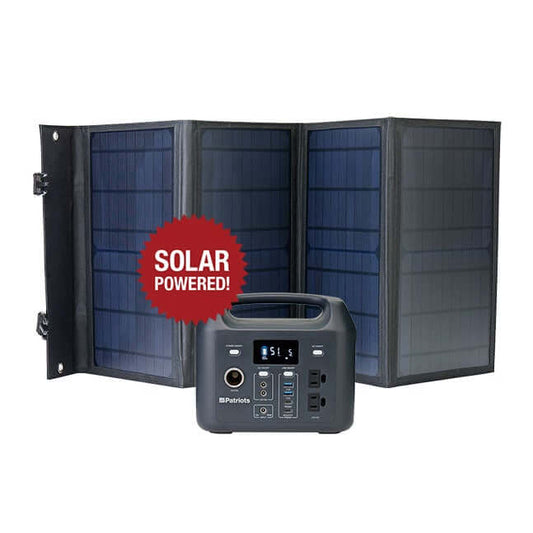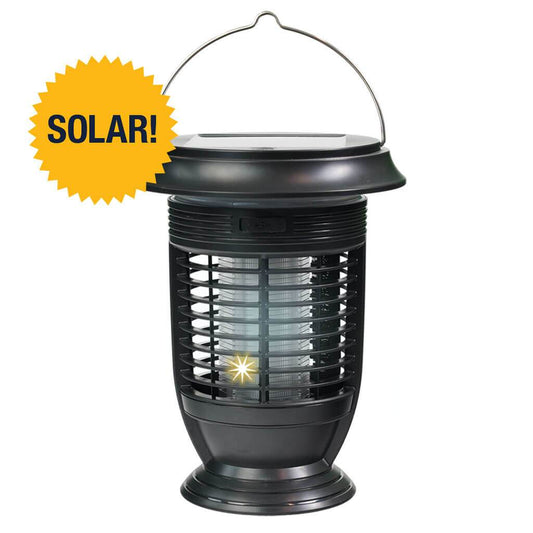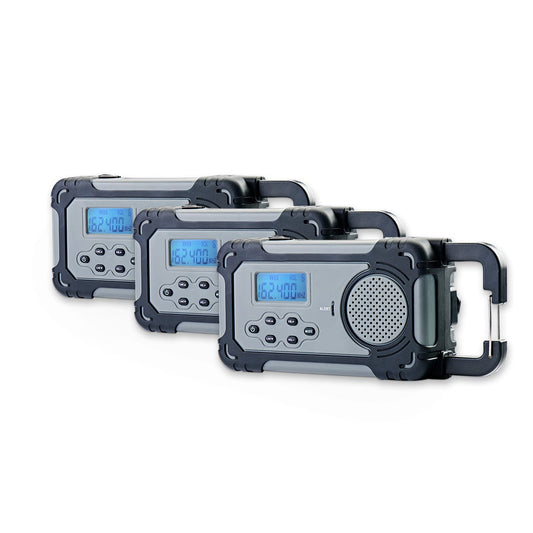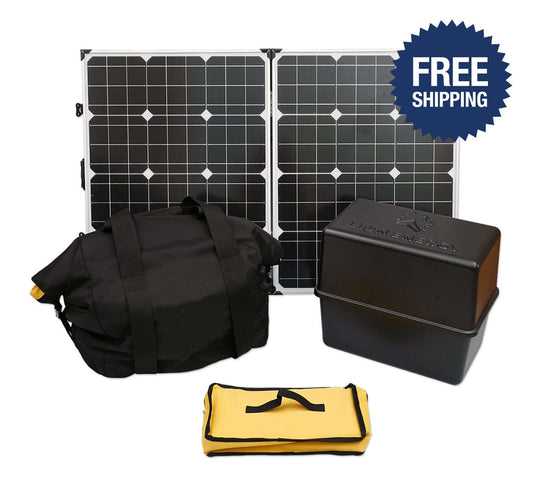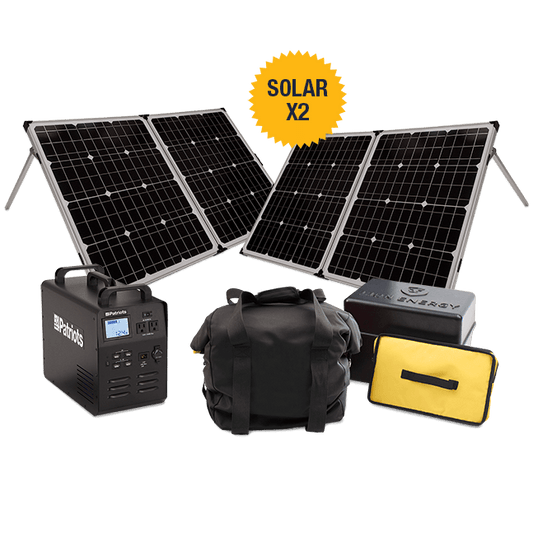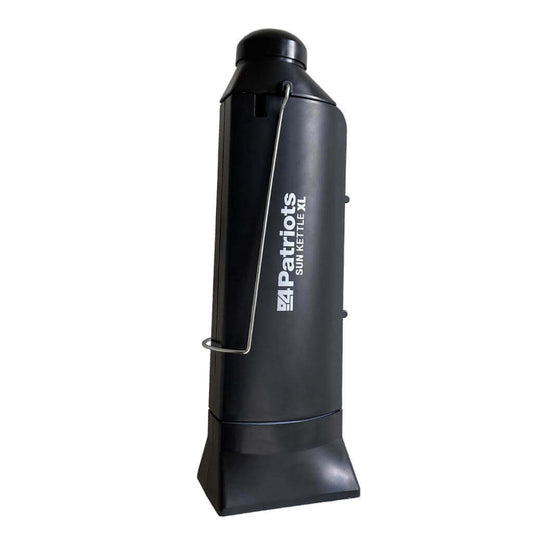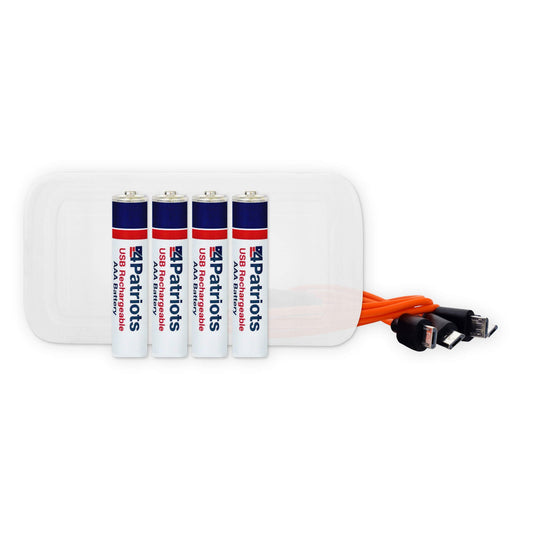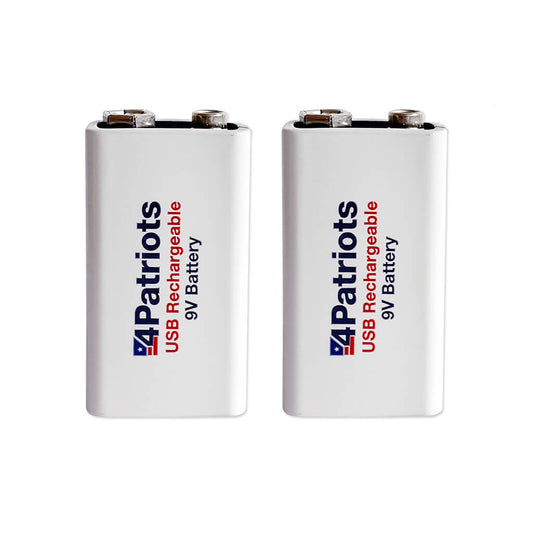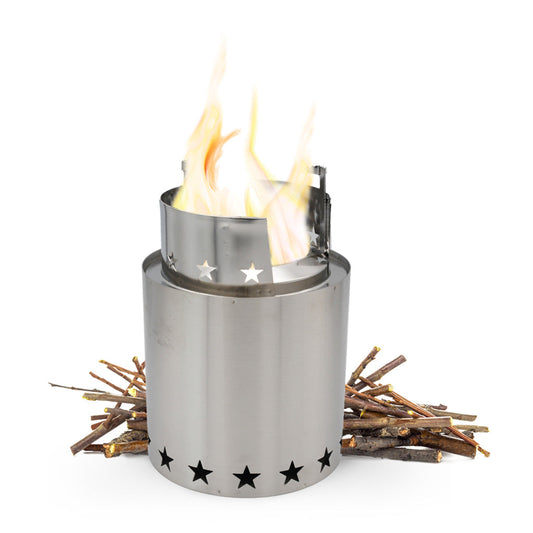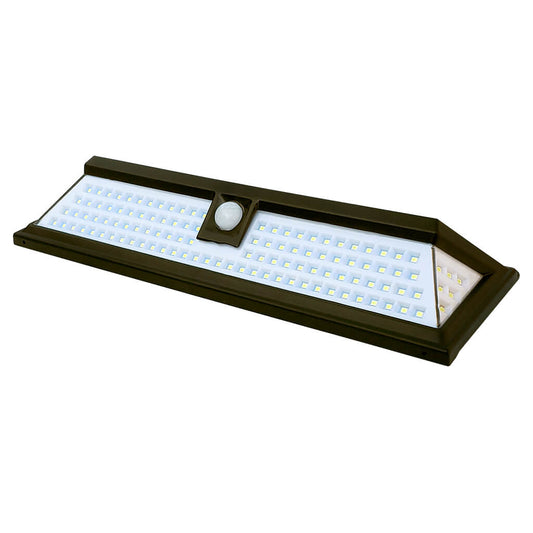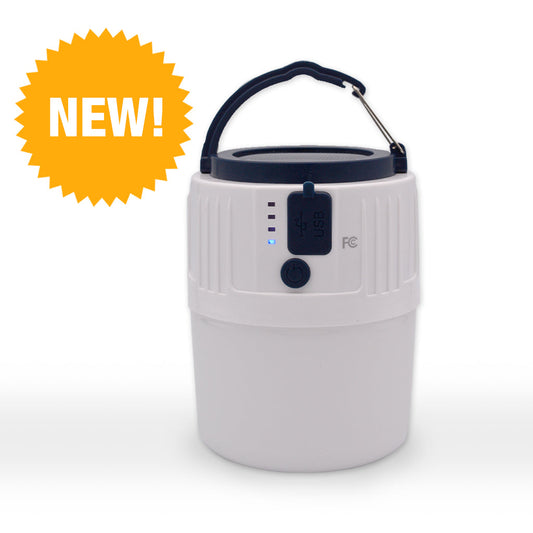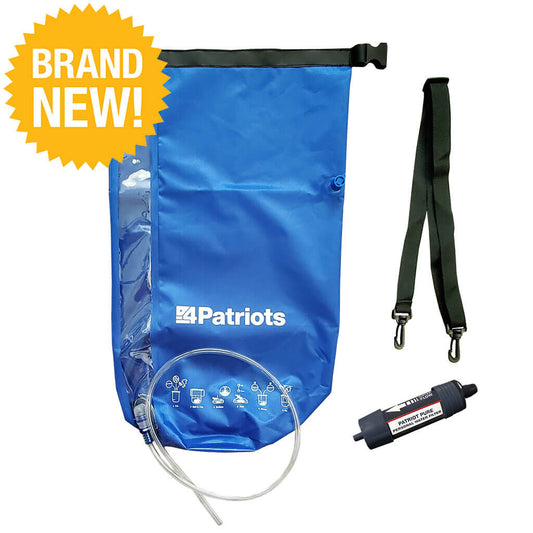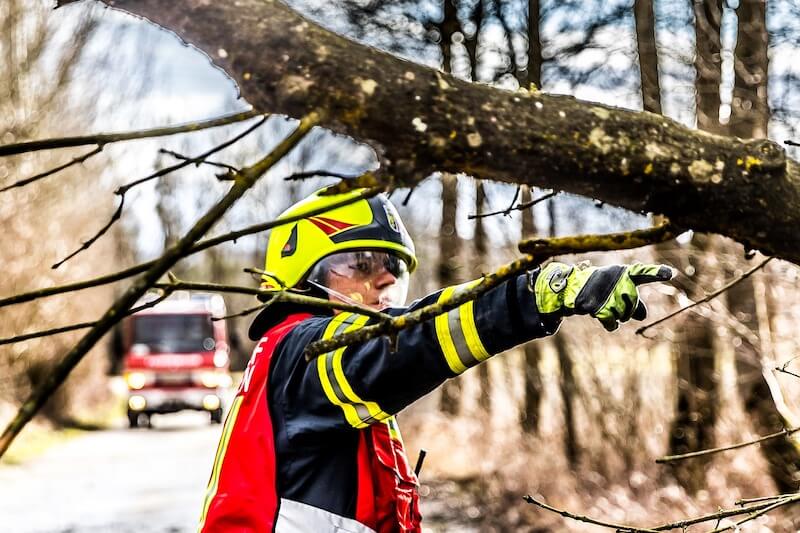
Summer Storm Season Is Upon Us in Full Force

Was anyone wondering when the summer storm season might kick into high gear? If so, they're not wondering anymore.
First, Hurricane Isaias roared up the East Coast recently. It caused 18 fatalities. And knocked out power to more than 3 million homes and businesses.
Not to be outdone, a derecho raced through the upper Midwest a few days later. It killed two people. And caused power outages for more than 1 million in Iowa, Illinois and Indiana.
This double whammy may be a small taste of what lies ahead. Warm Atlantic Ocean waters convince forecasters this will be an active hurricane season.
Tropical Wave Expands
Category 1 Hurricane Isaias started as a tropical wave off the African coast. It then developed into a tropical storm and then a hurricane.
After terrorizing the Caribbean, Isaias approached Florida. It then made landfall in North Carolina.
Moving up the East Coast, the storm felled trees, power lines and structures. It caused more than $4.2 billion in damages.
That made it the costliest tropical cyclone in the northeast U.S. since Sandy in 2012. Fifteen of the 18 related deaths occurred in the U.S.
Isaias Spawns Tornado Outbreak
Almost all hurricanes and tropical storms spawn tornados. That's according to the National Oceanic Atmospheric Administration (NOAA).
Isaias was no exception. More than 100 tornado warnings were issued across a dozen states.
Thirty-six tornadoes touched down. From North Carolina to Connecticut. Including eight considered significant (EF2+).
The deadly tornado outbreak included a 29.2-mile path in Delaware. It was the largest tornado track ever recorded there.
On Track for a Record
Isaias became the earliest fifth named storm of a season to make landfall in America. The previous record occurred in 1916.
The 2020 Atlantic hurricane season is on track to establish a record for most named storms. That's due partly to warmer than average water temperatures. And less vertical wind shear than usual.
Plus weak tropical Atlantic trade winds and a more active west African monsoon. NOAA forecasters predict there will be up to 25 named storms.
They say seven to 10 of those storms could become hurricanes. Three to six of them are predicted to be major. That means Category 3, 4 or 5 with winds of 111 mph or higher.
NOAA Prediction Is Ominous
Wilbur Ross is the U.S. Secretary of Commerce. Here's what he says about NOAA's predictions. "This is one of the most active seasonal forecasts that NOAA has produced in its 22-year history of hurricane outlooks.
"We encourage all Americans to do their part by getting prepared, remaining vigilant and being ready to take action when necessary."
The likelihood of an above-average Atlantic hurricane season has increased. It's now at 85 percent. There is only a 10 percent chance of a near-normal season. And a 5 percent chance of a below-normal season.
"This year, we expect more, stronger and longer-lived storms than average." So says Gerry Bell. He's a seasonal hurricane forecaster at NOAA's Climate Prediction Center.
It's Likely to Get Worse
What is alarming to many forecasters is how far ahead of most seasons we are this year.
A metric called Accumulated Cyclone Energy is being used. It measures not just the number of tropical storms and hurricanes. But also their intensity and longevity.
Phil Klotzbach is a tropical scientist at Colorado State University. He says this index puts us three weeks ahead of the average pace.
There are still 3½ months remaining of hurricane season. The most typically active portion of the season begins in late August. And carries into September.
In fact, the last 30 Category 3 and higher hurricanes reached America after August 20. It's impossible to accurately predict how many storms in a season will make landfall.
Derecho Delivers Damage
Hurricanes are not the only weather events Americans need to watch out for. As we saw with the recent Midwest Derecho.
A derecho is a line of intense, widespread and fast-moving windstorms. Usually caused by intense thunderstorms. This one featured gusts of up to 112 mph that knocked down trees, crushed sheds and flattened crops.
It also damaged homes and other buildings along a lengthy stretch in the upper Midwest.
An Iowa man was killed when struck by a falling tree as he was riding his bike. A woman in Indiana died when her mobile home rolled over. She was discovered protecting a 5-year-old boy, who is in good condition.
'Our Version of a Hurricane'
Tina Hoffman is a MidAmerican Energy spokesperson. She said, "It's one of the worst storms we've seen in terms of total number of customers impacted.
"There is a lot of damage. And unfortunately this is not something that can be repaired very quickly. It's going to be a while."
Over 14 hours, the derecho traveled 770 miles. From southeastern South Dakota into Ohio. That's according to the National Weather Service's Storm Prediction Center.
In addition to deaths and property damage, there was considerable crop loss. Especially in Iowa, where a grain elevator was smashed. Downed power lines caused fires in Chicago.
Victor Gensini is a Northern Illinois University meteorology professor. He said, "This is our version of a hurricane."
You might not live in "hurricane territory." But perhaps you experience extreme weather events that are "your version of a hurricane." The key is to always be prepared.
Featured Products
- Regular price
- From $1,134.30
- Regular price
-
- Sale price
- From $1,134.30
- Unit price
- per
- Regular price
- $353.49
- Regular price
-
- Sale price
- $353.49
- Unit price
- per
- Regular price
- $3,544.87
- Regular price
-
$4,534.36 - Sale price
- $3,544.87
- Unit price
- per
- Regular price
- $3,547.71
- Regular price
-
$4,250.43 - Sale price
- $3,547.71
- Unit price
- per
- Regular price
- From $42.52
- Regular price
-
$170.07 - Sale price
- From $42.52
- Unit price
- per
- Regular price
- $3,547.71
- Regular price
-
- Sale price
- $3,547.71
- Unit price
- per
- Regular price
- $708.41
- Regular price
-
- Sale price
- $708.41
- Unit price
- per
- Regular price
- $41.17
- Regular price
-
- Sale price
- $41.17
- Unit price
- per
- Regular price
- $3,969.34
- Regular price
-
- Sale price
- $3,969.34
- Unit price
- per
- Regular price
- $42.52
- Regular price
-
- Sale price
- $42.52
- Unit price
- per
- Regular price
- $137.71
- Regular price
-
- Sale price
- $137.71
- Unit price
- per
- Regular price
- $7,096.83
- Regular price
-
- Sale price
- $7,096.83
- Unit price
- per
- Regular price
- $70.91
- Regular price
-
- Sale price
- $70.91
- Unit price
- per
- Regular price
- From $97.96
- Regular price
-
- Sale price
- From $97.96
- Unit price
- per
- Regular price
- $285.35
- Regular price
-
- Sale price
- $285.35
- Unit price
- per
- Regular price
- From $129.15
- Regular price
-
$184.48 - Sale price
- From $129.15
- Unit price
- per
- Regular price
- $1,418.23
- Regular price
-
- Sale price
- $1,418.23
- Unit price
- per
- Regular price
- $42.52
- Regular price
-
- Sale price
- $42.52
- Unit price
- per
- Regular price
- From $41.88
- Regular price
-
$43.99 - Sale price
- From $41.88
- Unit price
- per
- Regular price
- $183.13
- Regular price
-
- Sale price
- $183.13
- Unit price
- per
- Regular price
- From $38.33
- Regular price
-
$567.58 - Sale price
- From $38.33
- Unit price
- per
- Regular price
- $4,960.26
- Regular price
-
- Sale price
- $4,960.26
- Unit price
- per
- Regular price
- From $282.51
- Regular price
-
$291.74 - Sale price
- From $282.51
- Unit price
- per
- Regular price
- $141.89
- Regular price
-
- Sale price
- $141.89
- Unit price
- per
- Regular price
- $42.52
- Regular price
-
- Sale price
- $42.52
- Unit price
- per
- Regular price
- $12.76
- Regular price
-
$42.52 - Sale price
- $12.76
- Unit price
- per
- Regular price
- $141.89
- Regular price
-
- Sale price
- $141.89
- Unit price
- per
- Regular price
- $42.52
- Regular price
-
- Sale price
- $42.52
- Unit price
- per
- Regular price
- $85.11
- Regular price
-
- Sale price
- $85.11
- Unit price
- per
- Regular price
- $17.01
- Regular price
-
$42.52 - Sale price
- $17.01
- Unit price
- per
- Regular price
- $63.81
- Regular price
-
$63.81 - Sale price
- $63.81
- Unit price
- per
- Regular price
- $35.42
- Regular price
-
$70.91 - Sale price
- $35.42
- Unit price
- per
- Regular price
- $163.19
- Regular price
-
- Sale price
- $163.19
- Unit price
- per
- Regular price
- $268.31
- Regular price
-
- Sale price
- $268.31
- Unit price
- per
- Regular price
- $708.41
- Regular price
-
- Sale price
- $708.41
- Unit price
- per
- Regular price
- $85.11
- Regular price
-
- Sale price
- $85.11
- Unit price
- per
- Regular price
- $56.72
- Regular price
-
- Sale price
- $56.72
- Unit price
- per
- Regular price
- $85.11
- Regular price
-
- Sale price
- $85.11
- Unit price
- per
- Regular price
- $28.32
- Regular price
-
- Sale price
- $28.32
- Unit price
- per
- Regular price
- $141.89
- Regular price
-
- Sale price
- $141.89
- Unit price
- per
- Regular price
- $97.96
- Regular price
-
- Sale price
- $97.96
- Unit price
- per
- Regular price
- $20.26
- Regular price
-
$31.16 - Sale price
- $20.26
- Unit price
- per
- Regular price
- $212.88
- Regular price
-
- Sale price
- $212.88
- Unit price
- per
- Regular price
- $113.50
- Regular price
-
- Sale price
- $113.50
- Unit price
- per
- Regular price
- $56.72
- Regular price
-
- Sale price
- $56.72
- Unit price
- per
- Regular price
- $163.19
- Regular price
-
- Sale price
- $163.19
- Unit price
- per
- Regular price
- $56.72
- Regular price
-
- Sale price
- $56.72
- Unit price
- per
- Regular price
- $141.89
- Regular price
-
- Sale price
- $141.89
- Unit price
- per
- Regular price
- $35.42
- Regular price
-
- Sale price
- $35.42
- Unit price
- per
- Regular price
- $35.42
- Regular price
-
- Sale price
- $35.42
- Unit price
- per





